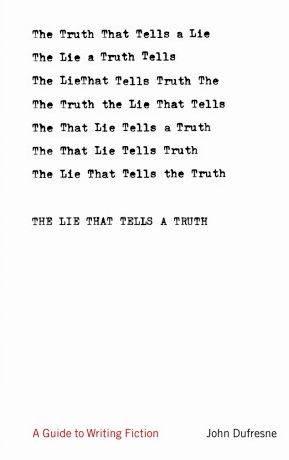Well, I did it. It wasn’t easy and I didn’t feel great about it at first. But I did it. I committed murder this weekend. That is saying that while revising my latest picture book manuscript, I “killed some of my darlings”.
The phrase was first coined by William Faulkner who said, “In writing, you must kill your darlings.” Stephen King followed up by saying, &”kill your darlings, kill your darlings, even when it breaks your egocentric little scribbler’s heart, kill your darlings&” in his book On Writing. But what exactly does this mean?
Basically, this phrase is referring to those parts of our manuscript that we have simply fallen in love with but are no longer needed for the story and can perhaps even be distracting to the reader. It can be a character, a phrase, an image, a joke, etc. As writers, we feel maternal towards these “darlings”, but once a manuscript has grown these items might need to be pruned.
I had a few of these darlings in my latest manuscript. One was the opening line. Although I thought it was a fine opening line, the rest of the story did not convey the same feel or voice.
The other darling was an event in my story that framed the main event. When it came right down to it, I had to kill it. I was sad. I really liked this framing, but as the story was fleshed out, I realized it was no longer needed.
Perhaps you have some darlings in your manuscripts. You might know they should go, but you don’t know how to do it. You might have your knife positioned to kill, but there is something inside you that won’t let you delete this text. So. how does one kill a darling? Here are 5 tips.
1) Use the strike through tool. Do not delete entirely. This allows you to still be able to see the text, but work around it in a new way.
Plus, it is always nice to know that you can “go back” if you regret your murderous ways. )
2) Use footnotes. This gives you a place to gather all of the darlings, if you cannot quite pull the trigger yet. They aren’t far, so you can always pull them back up into the manuscript if you decide to resurrect them.
3) Place them in a “graveyard” document. Sometimes placing your darlings in a separate document helps you rid them from the current manuscript, yet know you can retrieve them for something else later, should you want. Perhaps they can be placed in another story, if they were that good. Others’ you might be ready to fully kill at a later date.
4) Slash or pull them off like a band-aid. Sometimes the only way to get rid of a stubborn darling is to completely delete it. Highlight the text, push the delete button and then walk away. Take a deep breath. It will only hurt for a minute.
5) Start a whole new version of the manuscript without your darling. Basically, as the Girl Scouts used to say, “Make new friends, but keep the old.” Therefore, that older version is there if you want it.
Chances are, you will not ever resurrect a murdered darling. But hopefully these tips will help you do the deed when the time comes.
Happy Writing Revising!






 Phd literature and creative writing online
Phd literature and creative writing online Pearson my writing lab plus
Pearson my writing lab plus Using imagery in your writing
Using imagery in your writing Developing ideas for writing a paragraph about yourself
Developing ideas for writing a paragraph about yourself Writing a mystery story pptp
Writing a mystery story pptp






